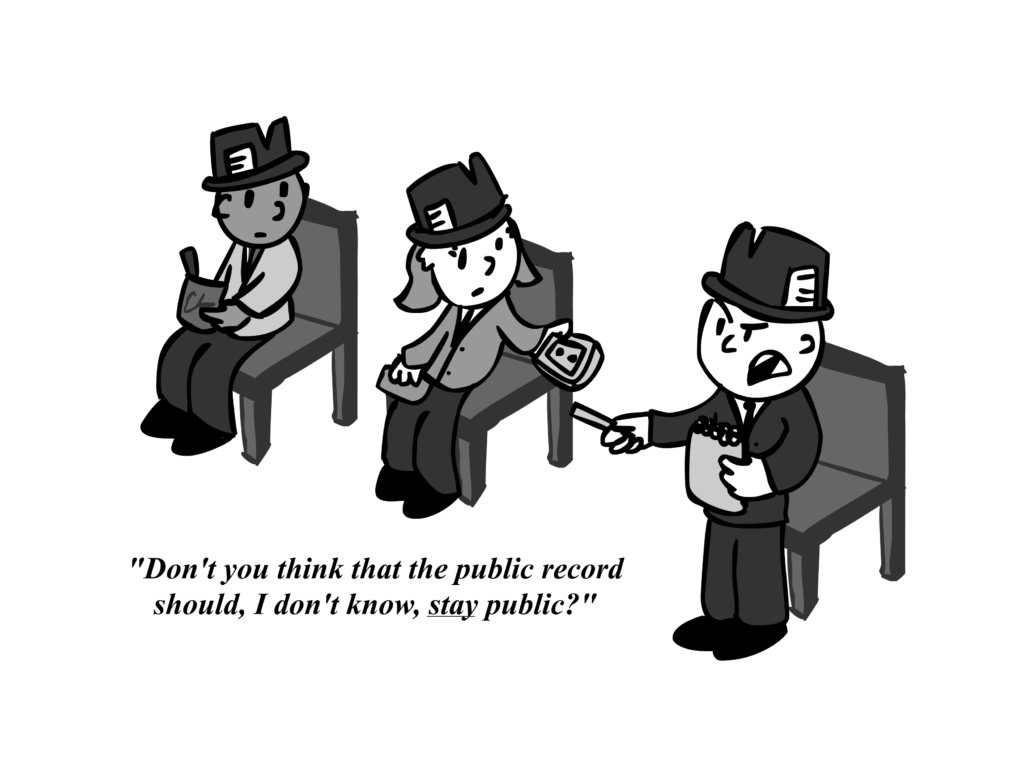Column by Rachel Wood, contributing writer
After a lot of traveling this summer, I discovered I’m a huge fan of museums (and not just because they are usually one of the few free things to do in larger cities). I certainly don’t fancy myself an art critic or even a historian, but I feel qualified enough to make a few educated assessments about gallery displays.
I must admit, I’m usually not the biggest fan of modern art. I don’t just mean because of the usual excuses – “it’s confusing” or “I could make that myself” – but I always feel I am so distant from it. Most modern art I’ve seen is interesting to look at, but I never really got much out of it.
But while in London this summer, I still took some time to visit two of the city’s major modern art museums: Tate Modern and the Saatchi Gallery.
The Tate Modern is probably what you picture when you think of a museum for modern art: winding galleries filled with strange-looking pieces made from bizarre materials. The museum has an entire exhibit titled “Media Networks” which immediately drew my attention.
Unfortunately for me, it seemed most of the works in this gallery took a negative approach to technology, assessing how it can prevent us from properly communicating and cause us to retreat into our own self-absorption.
Obviously, I wasn’t a fan.
The Saatchi Gallery, however, became one of my new favorite art museums precisely because of the way it interacted with technology. There wasn’t a tendency to condemn those who loved social media; in fact, many of the gallery’s displays found ways to show how media has positively impacted the way we express ourselves and interact with our increasingly-connected world.
The main installation at the time of my visit was titled “Selfie to Self-Expression.” After years of condemning people who love to take and share selfies, it feels like such a term would be out of place in a prestigious gallery setting.
However, Saatchi Gallery expertly combats this assumption.
Instead, these displays put technology right in the hands of the visitors. One display showed famous artists’ self-portraits and allowed visitors to tap the screen next to the painting to “like” the photo; another room put prints of celebrities’ selfies alongside the selfies of ordinary people.
Like most of the art in Tate Modern, it feels like artists, journalists and other social commentators shun media for the way it separates us from one another, plays into our insecurities and makes us self-absorbed – you’ve probably seen copious amounts of scholars and political cartoonists playing into this belief.
To me, this is too easy a claim to make for it to spur anything thought provoking. And this way of thinking could potentially stifle future endeavors by new artists.
Just like the art in the Saatchi Gallery exhibit, technology has allowed us to express ourselves in ways we’ve never seen before. Almost everyone has access to a camera, a microphone and an online audience interested in what they have to share. Perhaps most importantly, the presence of technology has opened up a new avenue of artistic expression to those who may not have access to extensive artistic training.
Just remember this: those famous artists that were painting self-portraits? They were taking selfies too.
































































































